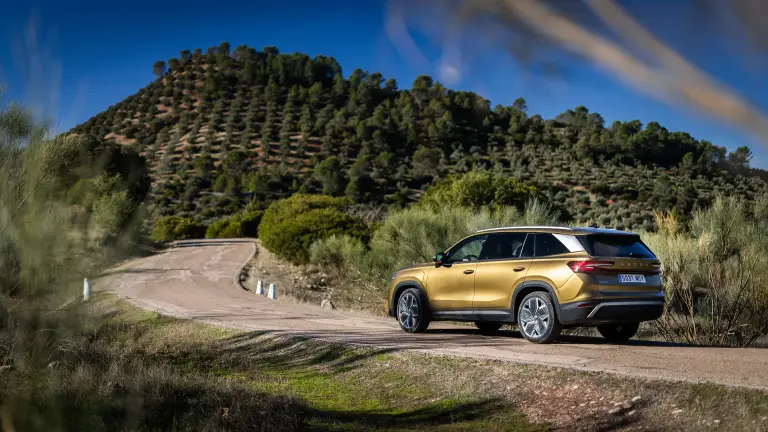“Your Old Winter Tyres Will See You through the Summer” and Other Dangerous Myths

Three experts from ŠKODA’s chassis development department debunk the most common mistaken assumptions people make about tyres. Are you absolutely sure that everything you thought you knew about tyres isn’t just a myth? You could be placing your life in danger. Listen to what Dušan Petrovický, Ladislav Havlíček and Jan Ševčík have to say.
23. 4. 2019 Škoda World Innovation & technology TechnologyMedia Box
5 images
Show more
Show less

















